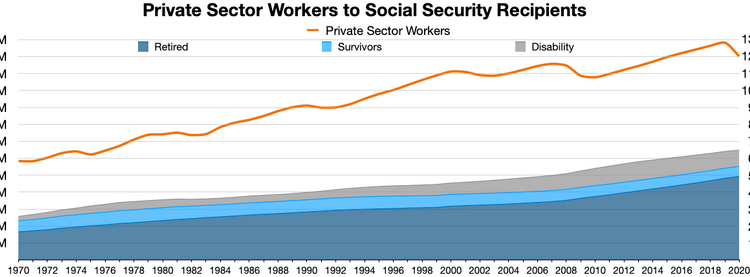Exploring the economic and social factors behind low fertility in the U.S.
- Sen. JD Vance links low fertility rates to economic and social issues.
- U.S. fertility rate fell to a record low of 1.62, below the replacement rate of 2.1.
- High housing costs and social isolation are major factors affecting family growth.
- Vance suggests a decline in patriotism may contribute to lower birth rates.
- Democrats argue Vance’s views may alienate women voters in key battleground states.
- Vance has studied international pronatalist policies but sees no clear solutions for the U.S.
Senator JD Vance has raised alarms about the declining birth rates in the United States, linking this trend to a culture of risk aversion and social isolation that could hinder the nation’s economic vitality. As Donald Trump’s vice presidential nominee, Vance has faced criticism for his remarks about childless individuals, suggesting they contribute to a negative societal atmosphere. He pointed out that the U.S. fertility rate has dropped to an all-time low of 1.62, significantly below the 2.1 replacement rate necessary for a stable population without immigration. nnVance attributes this decline to several factors, particularly financial challenges. He highlighted the soaring housing costs that make it difficult for families to afford homes, contrasting the current situation with the post-World War II era when families could buy starter homes on a single income. Additionally, he noted that young Americans are experiencing increased social isolation, leading to fewer marriages and smaller social circles, which further impacts family growth. nnAnother factor Vance mentioned is a perceived decline in patriotism, suggesting that countries with higher fertility rates, like Israel, have a strong sense of national pride that encourages family growth. He believes that the U.S. has become less patriotic over the years, which may correlate with the drop in birth rates. nnVance warns that low fertility could have broader implications for technological innovation and economic growth, as families often take more risks and contribute to a dynamic society. While he is anti-abortion, he does not see it as a primary cause of declining fertility, noting that countries with stricter abortion laws are also experiencing drops in birth rates. nnDemocrats have criticized Vance’s views, arguing they could alienate suburban women voters, a crucial demographic in upcoming elections. Vance has explored pronatalist policies from other countries, such as Hungary, and suggests that the U.S. could benefit from tax incentives for families with multiple children. However, he remains skeptical about immigration as a solution, citing potential social divisions and challenges to assimilation. nnIn summary, Vance’s concerns about childlessness reflect a complex interplay of economic, social, and cultural factors that could shape the future of American society.·
Factuality Level: 6
Factuality Justification: The article presents a mix of factual information regarding fertility rates and quotes from Senator JD Vance, but it also includes subjective interpretations and opinions that may not be universally accepted. While it discusses relevant issues, some statements reflect personal biases and assumptions that could mislead readers. Additionally, the article lacks a balanced perspective by not sufficiently representing counterarguments or alternative viewpoints.·
Noise Level: 7
Noise Justification: The article provides a detailed analysis of Sen. JD Vance’s views on declining fertility rates in the U.S., linking it to various social and economic factors. It includes specific data on fertility rates and discusses potential causes and consequences, which adds depth. However, it also contains some politically charged statements and opinions that may detract from its objectivity, and it could benefit from more scientific rigor and evidence to support its claims.·
Key People: JD Vance (Senator), Kamala Harris (Vice President), Sarafina Chitika (Spokeswoman for Kamala Harris), Greg Ip (Writer), Janet Adamy (Writer)
Financial Relevance: Yes
Financial Markets Impacted: Housing costs and tax policies
Financial Rating Justification: The article discusses the impact of low birthrates on the U.S. economy, mentioning factors such as high housing costs and potential changes to tax policies related to childbearing. It also touches upon immigration’s role in population growth and its effects on society.
Presence Of Extreme Event: No
Nature Of Extreme Event: No
Impact Rating Of The Extreme Event: No
Extreme Rating Justification: The article discusses the decline in U.S. fertility rates and its implications, but does not mention any extreme events such as natural disasters, crises, or accidents.·
 www.wsj.com
www.wsj.com 




